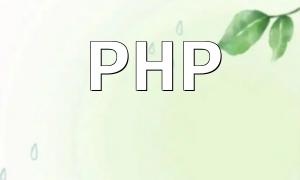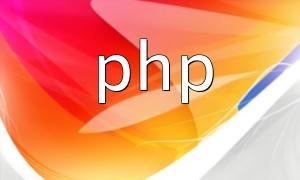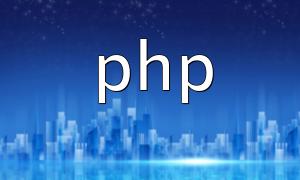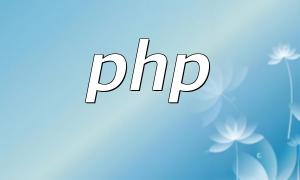In PHP development, function security plays a crucial role in protecting applications from various attacks. By implementing proper input validation, output encoding, secure libraries, and logging, developers can greatly reduce security risks. This article provides practical techniques to ensure PHP function safety.
User input is one of the main sources of security vulnerabilities. Validating inputs helps prevent injection and cross-site scripting (XSS) attacks. PHP provides several built-in functions such as filter_input() and filter_var() to sanitize and validate data.
<?php $username = filter_input(INPUT_POST, 'username', FILTER_SANITIZE_STRING); ?>
By filtering data at the point of entry, you can block malicious code from entering your system.
Output encoding is a key defense against XSS attacks. When displaying user-generated content on a webpage, use functions like htmlspecialchars() to ensure that any code is safely escaped and not executed by the browser.
<?php echo htmlspecialchars($output); ?>
Encoding the output helps display content safely while preventing XSS vulnerabilities.
When dealing with passwords or sensitive data, use PHP’s built-in secure functions or verified third-party libraries. Functions like password_hash() and password_verify() allow safe password storage and validation.
<?php $passwordHash = password_hash($password, PASSWORD_DEFAULT); ?>
Avoid implementing custom encryption algorithms, as they are often error-prone and insecure.
Use access control modifiers (public, protected, private) to limit which functions can be accessed externally. This ensures that sensitive methods are only used by authorized classes or objects.
<?php
class MyClass {
private function sensitiveFunction() { }
}
?>Access restrictions help prevent unauthorized code from reaching critical functionality.
Recording function calls and parameters helps developers troubleshoot issues and detect abnormal activities. Using error_log() or a dedicated logging system provides valuable insights into function behavior.
<?php
error_log("Function $functionName called with parameters: " . print_r($params, true));
?>Comprehensive logs assist in debugging and can provide essential information during a security incident.
The following example shows how to apply these best practices when handling and encrypting user passwords:
<?php
// Input validation
$password = filter_input(INPUT_POST, 'password', FILTER_SANITIZE_STRING);
// Output encoding
$passwordHash = password_hash($password, PASSWORD_DEFAULT);
// Log function call
error_log("password_hash() called with password: " . $password);
?>By combining input validation, encryption, and logging, you can enhance application security and prevent potential exploits.
PHP function security is not just about clean code—it’s essential for maintaining application stability and data protection. Developers should adopt security-conscious practices early in the project, such as validating inputs, encoding outputs, enforcing access control, and monitoring logs, to proactively prevent vulnerabilities.










